Yellowfin tuna cube, celebrated for its versatility and rich flavor, has become a culinary sensation. In this comprehensive discussion, we’ll delve deep into the significance of these delectable morsels and explore how to maximize their potential in various culinary creations.
Yellowfin Tuna Overview
Yellowfin tuna, scientifically known as Thunnus albacares, is a species highly regarded for both its appearance and culinary importance. It’s commonly found in warm seas around the world. The yellowfin tuna is characterized by its torpedo-like body, metallic blue-black skin adorned with distinct yellow markings, and a formidable size that can exceed 400 pounds. Its taste and texture have elevated it to the status of a prized catch for both commercial and recreational fishermen.
Types of Yellowfin Tuna Cube
Yellowfin tuna cubes are the result of careful butchering, and the choice of cut can significantly impact the final dish. Let’s explore these types in more detail:
- Loin Cubes: These cubes are typically cut from the loin section of the fish. Loin cubes are known for their firm, meaty texture, making them an excellent choice for those who appreciate a denser, chewier bite. Their robust texture allows them to hold up well in various culinary applications.
- Saku Block Cube: Saku blocks are rectangular or square cuts, often obtained from the loin section. The primary advantage of saku block cubes is their uniformity, making them ideal for elegant presentation in sushi and sashimi dishes. Their consistency ensures an aesthetically pleasing and harmonious plating.
- Akami (Lean Meat) Cube: These cubes are derived from the lean, vibrant red sections of the fish. The texture is notably firm, and the flavor is clean and slightly sweet. Akami cubes are highly sought after for traditional sushi and sashimi preparations, where their pristine quality is highlighted.
- Chutoro and Toro Cube: The culinary world prizes these cubes harvested from the fatty parts of the tuna. Chutoro, representing medium-fatty meat, and toro, the fattiest, boast exquisite marbling. This marbling results in a melt-in-your-mouth experience and a rich, buttery taste. While these cubes are considered a delicacy, they provide a luxurious contrast to leaner cuts.
Culinary Uses
The culinary world has embraced yellowfin tuna cube, and its versatility allows them to shine in various dishes:
Sushi and Sashimi: The star of traditional sushi and sashimi, tuna cube are often served atop small beds of vinegared rice. This classic presentation allows the clean, fresh flavor of the fish to take center stage. Their natural sweetness and pristine texture are showcased, making them a top choice for these iconic dishes.
Poke Bowls: In contemporary cuisine, yellowfin tuna cubes are a beloved addition to poke bowls. Their texture adds an intriguing contrast to other ingredients like rice, vegetables, and vibrant sauces, creating a harmonious blend of flavors and textures. In poke bowls, they provide a fresh and hearty component that stands out.
Seafood Salads: Incorporating yellowfin tuna cube into seafood salads elevates the dish by adding substance and a rich, savory flavor. Its meaty texture complements other seafood and ingredients, resulting in a robust and satisfying salad.
Other Dishes and Preparations: The applications for yellowfin tuna cubes extend far beyond sushi and poke bowls. Consider using them in ceviche, tartare, sushi rolls, or even as an ingredient in innovative fusion dishes. Their versatility knows no bounds, offering endless possibilities for culinary creativity.
How to Select and Prepare
To fully appreciate the potential of yellowfin tuna cube, it’s crucial to follow best practices for selection, handling, and preparation:
Reputable Sources: Begin by selecting a trusted fishmonger or seafood supplier. A reputable source is more likely to provide high-quality yellowfin tuna cubes, ensuring you’re starting with a top-notch product.
Safe Handling: When working with yellowfin tuna cubes, proper handling is essential. Keep the cubes chilled before use and maintain a clean work area to prevent cross-contamination. The importance of temperature control cannot be overstated.
Serving Suggestions and Recipes: Elevate your culinary creations by exploring a variety of serving suggestions and recipes. For instance, marinating the cubes in a mixture of soy sauce, sesame oil, and seasonings can infuse them with complex flavors. Additionally, lightly searing the cubes creates a unique texture and flavor combination, adding an exciting twist to your dishes.
How to Thaw Frozen Yellowfin Tuna Meat to Make Sashimi
Properly thawing frozen yellowfin tuna meat is vital to preserve its taste and texture. Here’s an in-depth guide to thawing:
The Importance of Proper Thawing: Correctly thawing yellowfin tuna meat is essential for both food safety and the quality of your sashimi. Incorrect methods can lead to bacterial growth and negatively affect the flavor and texture of the fish.
Methods for Thawing Frozen Yellowfin Tuna: The most recommended method is to place the frozen tuna in a sealed bag or container and allow it to thaw in the refrigerator. Thawing in the refrigerator is a gradual process, which can take anywhere from 12 to 24 hours, depending on the thickness and quantity of the meat. Avoid using hot or cold water for thawing, as these methods can compromise the quality of the fish.
Safety and Quality Considerations: Ensuring that yellowfin tuna is thoroughly defrosted is vital to prevent the growth of harmful bacteria. It’s essential to avoid leaving the tuna at room temperature for extended periods, as this can compromise its safety and freshness. Always prioritize safety and food quality in the preparation process.
Quality and Sashimi-Grade Criteria
Distinguishing sashimi-grade yellowfin tuna cube from standard cuts is crucial for a premium dining experience. When selecting sashimi-grade cube, consider the following criteria:
Freshness: The cornerstone of sashimi-grade yellowfin tuna is its freshness. It should be recently caught and promptly handled to maintain its quality. Fish that has been properly stored and quickly delivered to market is essential to achieve the desired texture and flavor.
Handling: Careful and hygienic handling of the fish is vital to preserve the integrity of the cubes. The moment the tuna is caught, it should be processed with precision and care, ensuring that it is not damaged in any way.
Visual Criteria: High-quality cubes boast vibrant colors that pop, an unmistakably fresh, clean scent, and a glossy texture. Dullness, discoloration, or off-putting odors are indicators of a lower grade.

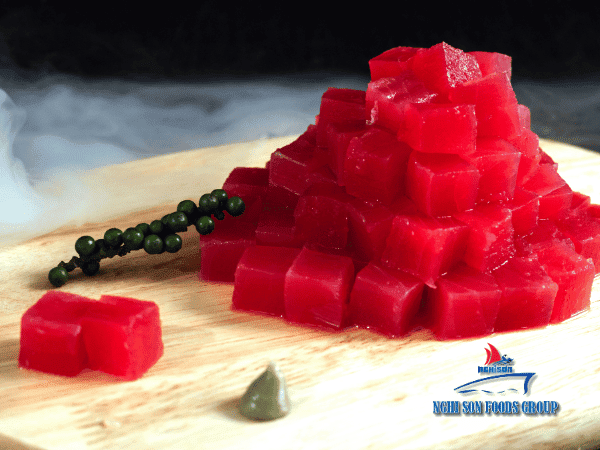
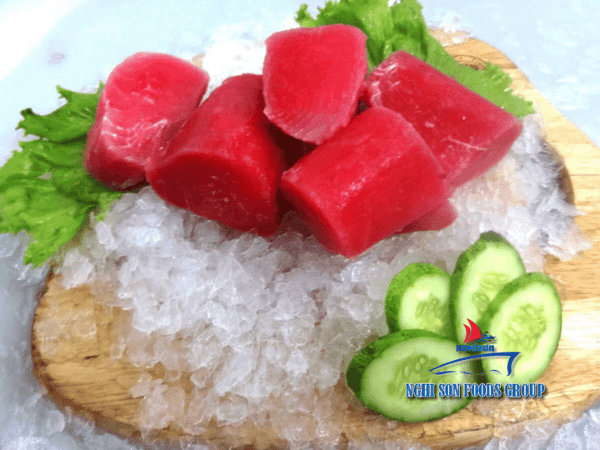
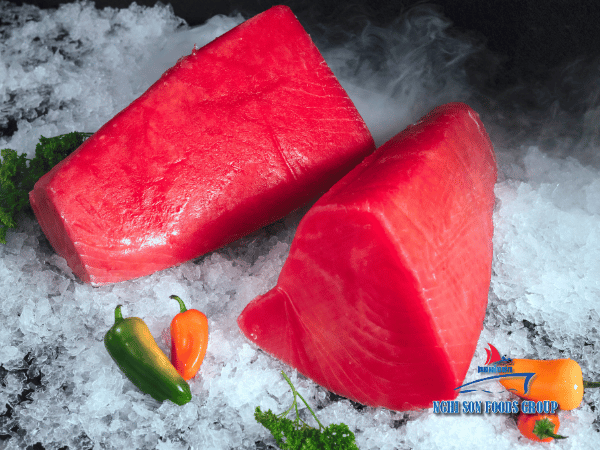
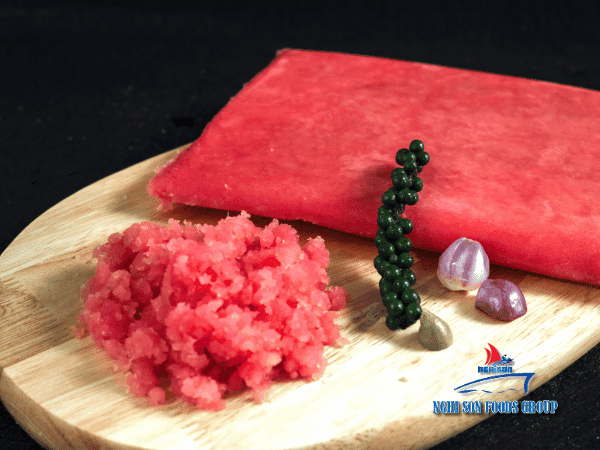


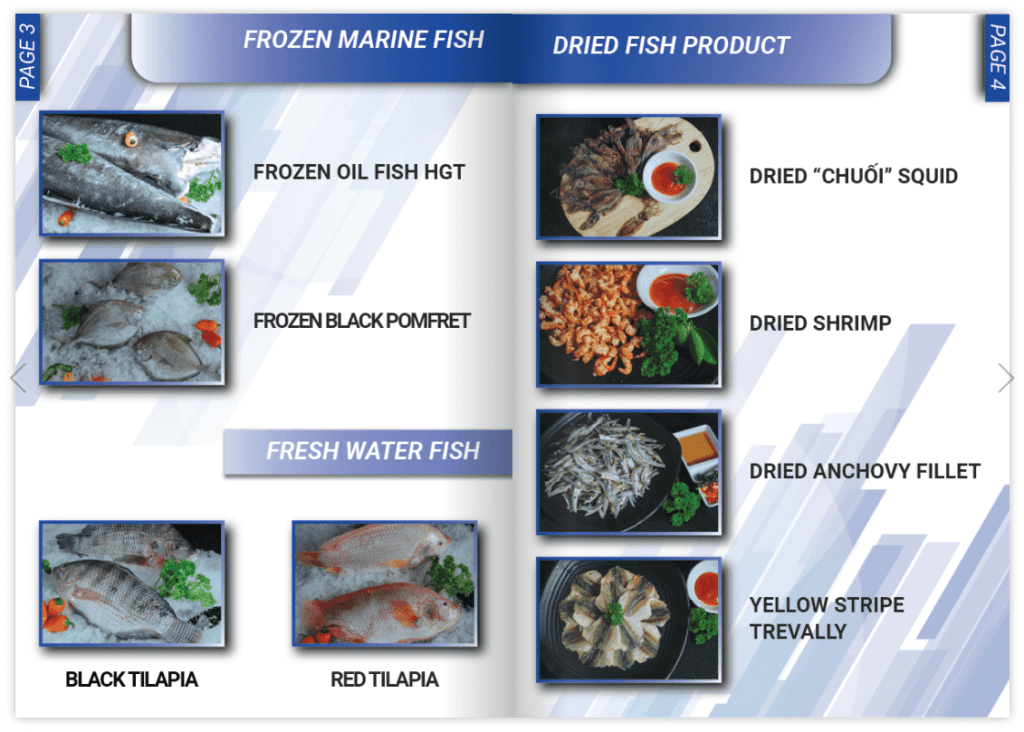
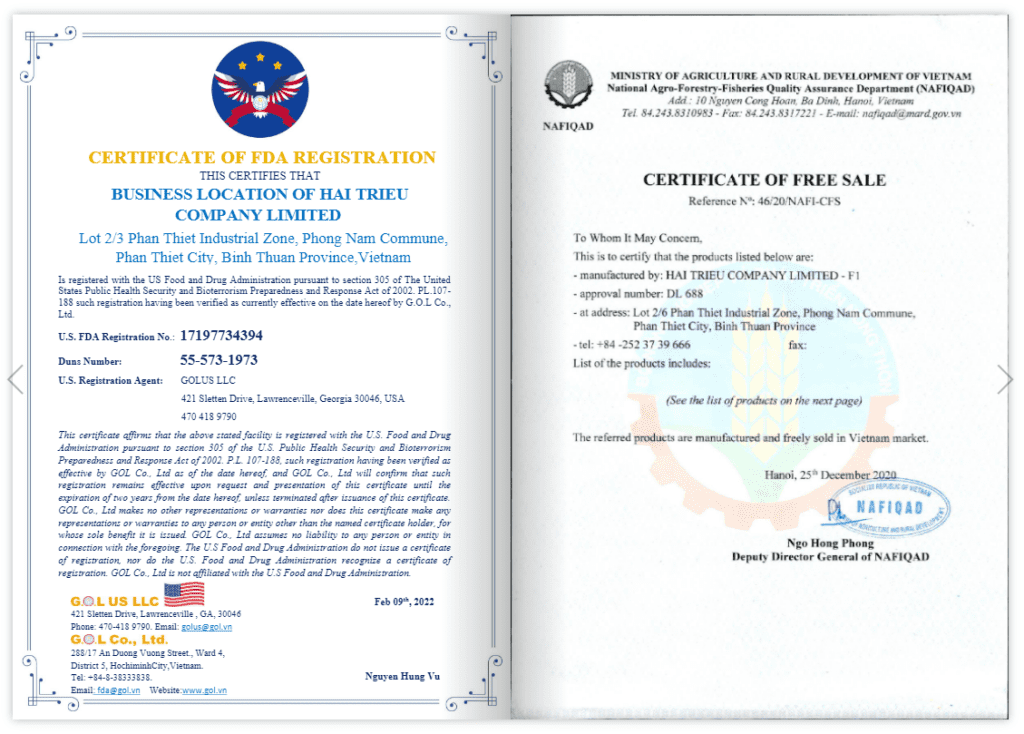



Reviews
There are no reviews yet.